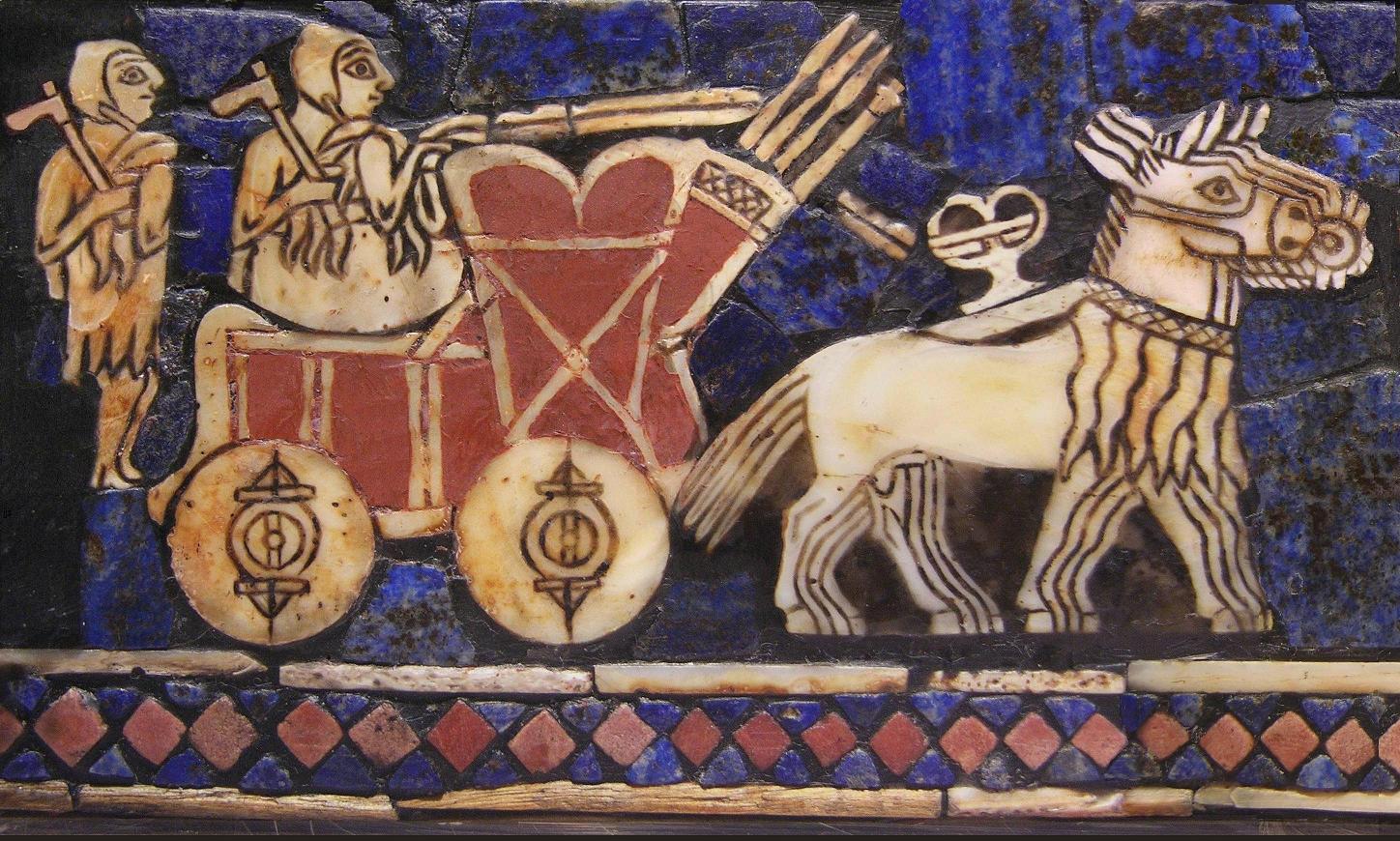There are numerous issues linguistically in terms of the Anatolian languages, and
no hypothesis totally lays them to rest. That's been apparent for years, although it was most clearly articulated by Mallory relatively recently. It is by no means a question of a satisfactory answer or hypothesis already existing about which there is a consensus, but which various people are now trying to destroy by raising new concerns.
For those who haven't read it.
https://www.proto-indo-european.ru/ie-cradle/_pdf/clouds-over-ie-homelands-nallory.pdf
"The essential argument as it is normally presented is that Anatolian lacks a considerable numberof features that would characterize Brugmanian Proto-Indo-European (aorist, perfect, subjunctive,optative, etc.; Fortsom 2004, 155) and, therefore, its links with an earlier continuum musthave been severed before Proto-Indo-European (or the rest of the Indo-European languages) developedin common. This can essentially be explained in one of two ways:1. The ancestors of the Anatolian languages migrated from the homeland of the protolanguagebefore it developed common Indo-European features. In this model, Anatolianwould have preserved an archaic structure while the ancestors of the rest of the IndoEuropeanlanguages still remained together and evolved later stages of Proto-Indo-European.2. The ancestors of the Indo-European languages migrated from the homeland of theproto-language. Here it is Proto-Indo-European that moves off to innovate while, presumably,Anatolian was left in the homeland to preserve its archaisms.Obviously we could complicate matters further by proposing a homeland from whichboth the ancestors of Anatolian and (Proto)Indo-European migrated in different directionsbut this would hardly be likely and it would have little bearing on the following discussion."
The issues for me with Anthony's proposal that the people speaking perhaps a "pre-Anatolian" language left the steppes first and moved into Anatolia via the Balkans is that although he locates a culture he considers probable as the one bringing a "steppe" language to the Balkans, there is no archaeological trail from that culture into Anatolia at that time. The archaeological trail goes in the other direction.
If we assume that despite that they moved quickly into Anatolia, where is the EHG they would have carried.
If they stayed long enough in the Balkans to lose their EHG, why is their language still so archaic. Wouldn't they have come in contact with the wheel, with other Indo-European languages?
I could go on and on, but the point is that there are issues.
There are, of course, also issues with the "origin" being in Anatolia, and the stream leading to the Anatolian languages developing there, but at least the archaism is completely explained. The lack of EHG in this case also presents no problems, because the genetic marker we'd be tracking would be CHG, not EHG.



